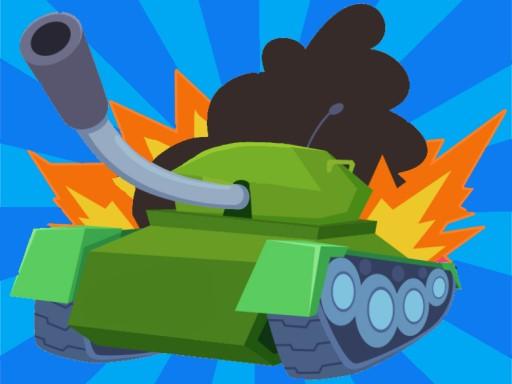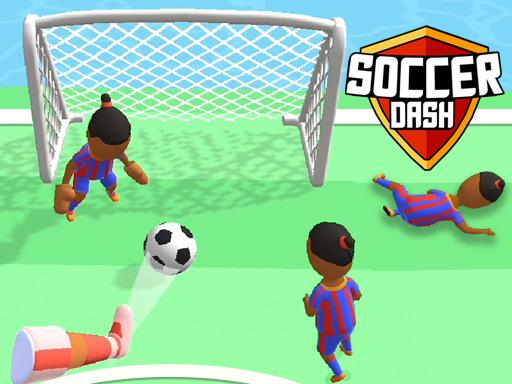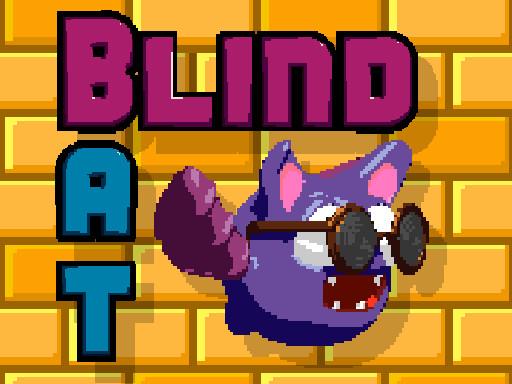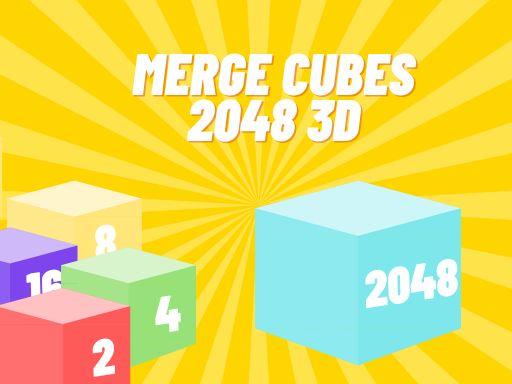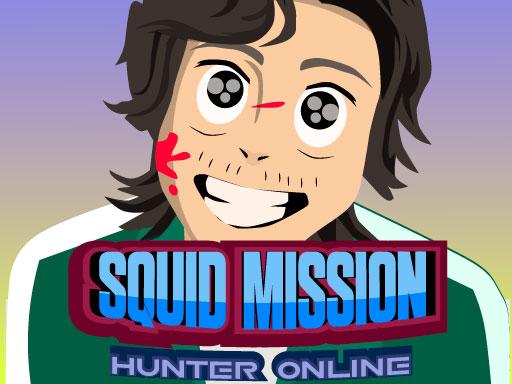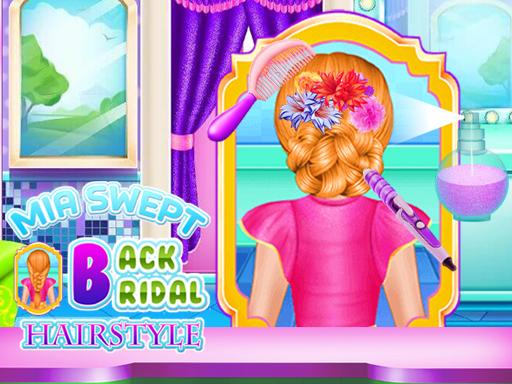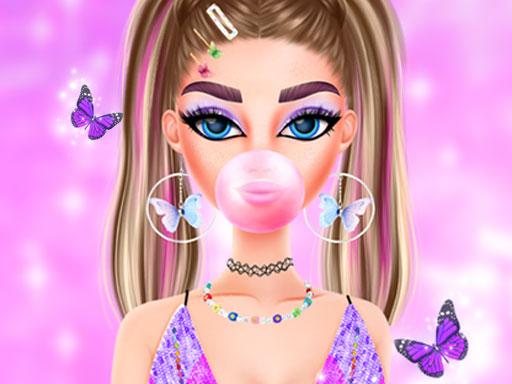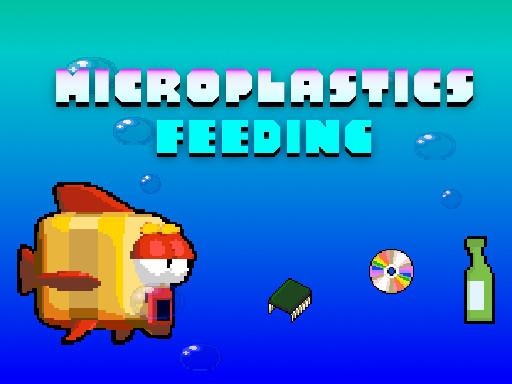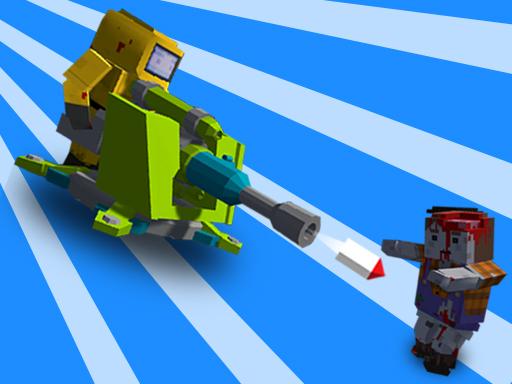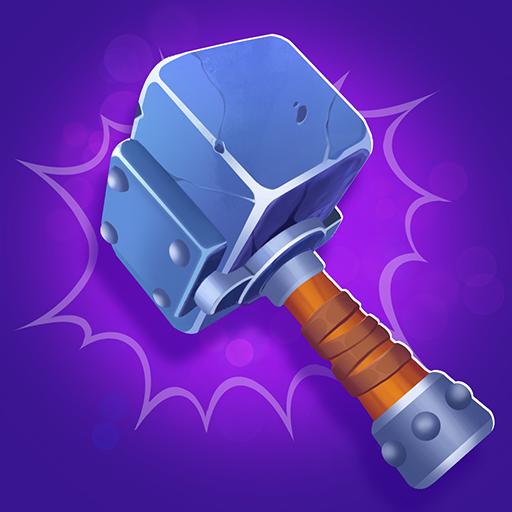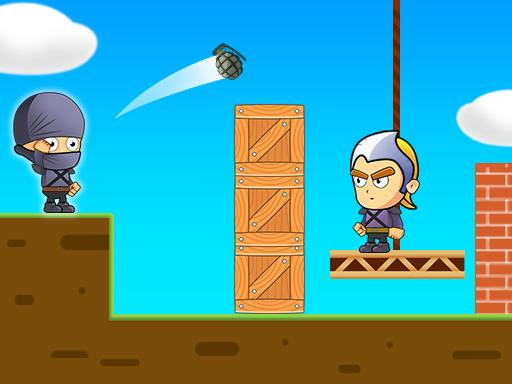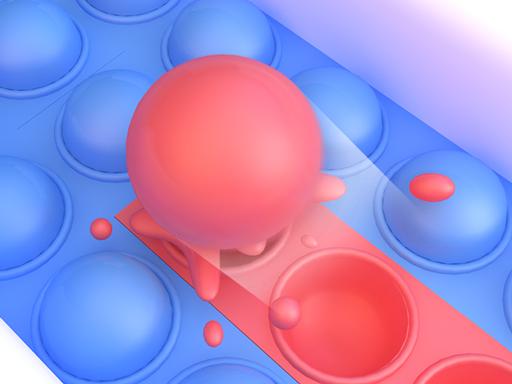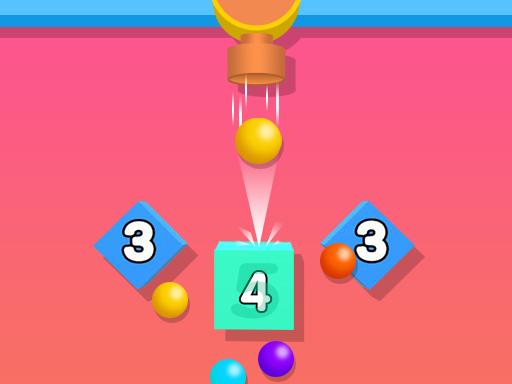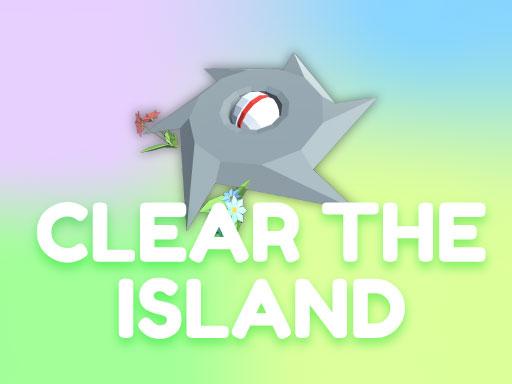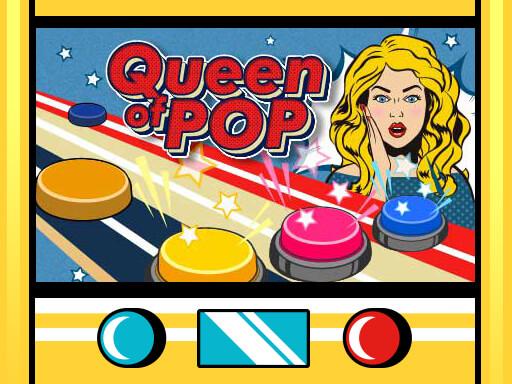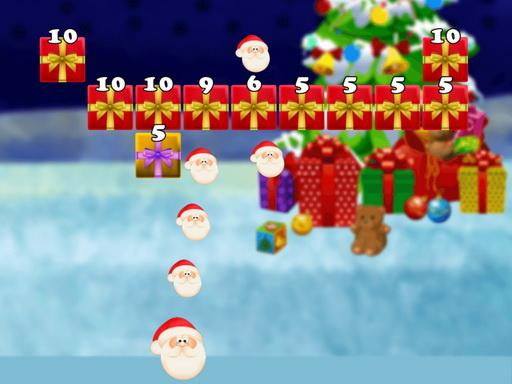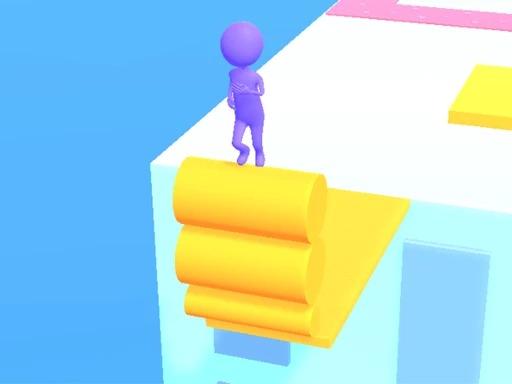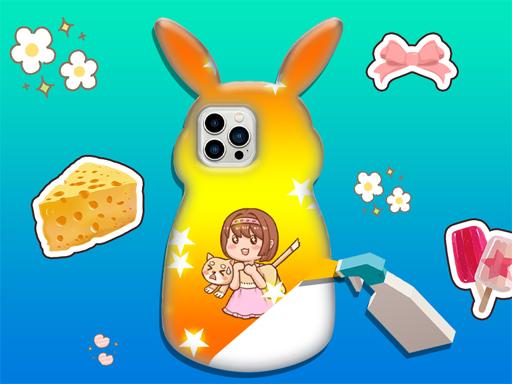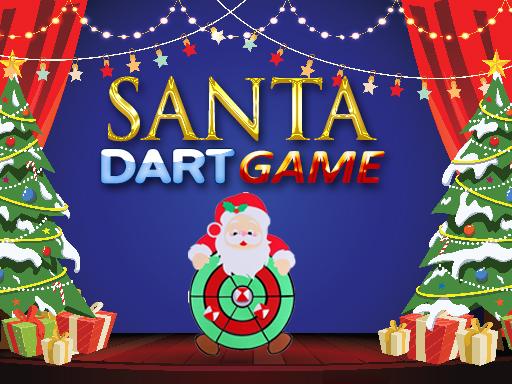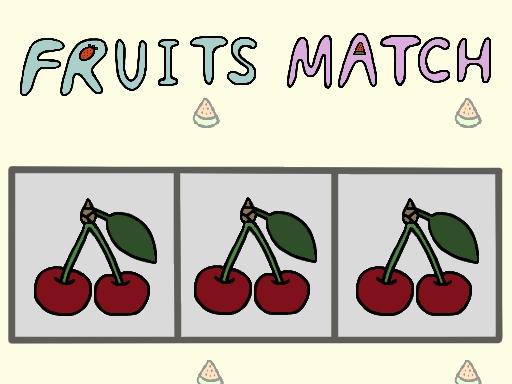Introduction and How to Play Microplastics Feeding: A Comprehensive Guide
Microplastics Feeding is an engaging and educational game that brings awareness to the growing issue of microplastics in the environment. In this game, players take on the role of a character who must navigate various challenges related to the collection and consumption of microplastics, while learning about their effects on ecosystems, wildlife, and human health. The game is designed to raise awareness about pollution in a fun and interactive way, allowing players to understand the consequences of plastic waste on the environment and how it affects the natural world.
The game may feature an exploration of different ecosystems where microplastics are prevalent, such as oceans, rivers, and forests. Players are tasked with identifying sources of microplastic contamination, collecting them, and taking action to reduce their impact. Microplastics Feeding is not just a game for entertainment; it is an opportunity to educate players about sustainability and environmental responsibility in an enjoyable manner.
In this detailed guide, we’ll explore the main gameplay mechanics, strategies, and tips for succeeding in Microplastics Feeding while providing insight into the environmental issues the game highlights.
1. What is Microplastics Feeding?
Microplastics Feeding is an educational game that focuses on the environmental impact of microplastics. Microplastics are tiny plastic particles (less than 5mm in size) that often end up in ecosystems due to plastic waste. These particles pose a significant threat to wildlife, marine life, and humans, as they can be ingested, accumulate in food chains, and harm ecosystems.
The game simulates a world affected by microplastic pollution, where players can interact with different environments and explore how microplastics are affecting wildlife. The objective is to teach players how microplastics can enter food chains and the consequences this has for both the environment and the creatures living within it. As players progress through the game, they can take part in various tasks aimed at reducing microplastic contamination or “feeding” wildlife while educating themselves on plastic waste management.
2. How to Play Microplastics Feeding
The gameplay in Microplastics Feeding is designed to be accessible, while also encouraging thoughtful action related to environmental sustainability. Here is a step-by-step guide on how to play:
Step 1: Choose Your Environment
At the beginning of the game, players are presented with different ecosystems, such as oceans, rivers, forests, or even urban areas. Each environment has its own set of challenges and sources of microplastics. Choosing the right environment will determine the initial gameplay experience, as different ecosystems will require different approaches to cleaning up and managing the microplastic contamination.
Step 2: Identify Microplastics
Once you’ve selected an environment, the next task is to identify sources of microplastic contamination. This might include polluted rivers, littered beaches, or areas affected by industrial plastic waste. Players must spot plastic particles, broken-down plastic waste, or microplastics that are either floating in water, on land, or in the soil. Using interactive tools, players can zoom in and click on microplastic hotspots to assess their impact.
Step 3: Collect Microplastics
After identifying the sources of microplastics, players will need to collect these particles to prevent them from entering ecosystems further. Players can use different collection methods such as nets, filtration systems, or manual gathering tools depending on the setting. The more microplastics you collect, the better you can mitigate the environmental damage caused by pollution.
Step 4: Feed and Care for Wildlife
As the game progresses, players will encounter different species of animals that are affected by microplastic contamination. These animals may consume microplastics, which harm their health and the overall ecosystem. One part of the gameplay involves “feeding” these animals by removing microplastics from their environment, which allows them to thrive.
Some games may feature animals that have ingested microplastics, and players can restore their health by guiding them to cleaner environments or feeding them special “detox” items that neutralize the effects of plastic contamination. By helping wildlife recover, players can improve the health of the ecosystem.
Step 5: Educate and Spread Awareness
Throughout the game, players will be presented with educational prompts about the dangers of microplastics and ways to prevent pollution. The game encourages responsible practices, such as reducing plastic consumption, recycling, and supporting efforts to clean the oceans and environment. These educational elements help players understand the real-world implications of microplastic contamination.
Step 6: Achieve Sustainability
The ultimate goal in Microplastics Feeding is to restore the environment to a healthy state by removing as much microplastic waste as possible. Players may be able to unlock achievements based on the amount of pollution they’ve cleared, the number of wildlife they’ve saved, and their overall contribution to sustainability. Achieving a clean environment is rewarded with points or levels that unlock further challenges or advanced tools to aid in the cleanup process.
3. Tips and Strategies for Playing Microplastics Feeding
To succeed in Microplastics Feeding, it’s important to understand both the mechanics of the game and the environmental lessons it imparts. Here are some tips and strategies to help you excel:
1. Stay Organized
Microplastics can be spread out over large areas, making it easy to miss sources of contamination. Use the in-game tools to help you focus on specific hotspots or areas where plastic waste accumulates. Stay organized and methodical in your approach to collecting plastics, especially in larger, more complex environments like oceans or forests.
2. Prioritize Areas with High Concentrations
Some areas may have higher concentrations of microplastics than others. Prioritize these regions for cleanup to make the biggest environmental impact. In some cases, focusing on the most contaminated areas can unlock tools or rewards that help you tackle less polluted parts of the ecosystem.
3. Help Wildlife Early
The sooner you help animals affected by microplastics, the better. Focus on cleaning the areas where animals are most affected and guide them toward cleaner environments. This will not only protect the creatures but also improve the overall health of the ecosystem.
4. Focus on Prevention
The game may offer opportunities for players to address the root cause of microplastic pollution by educating themselves and their virtual characters about sustainable practices. Whenever possible, look for ways to prevent further contamination—whether that’s by recycling, using less plastic, or finding solutions to stop the flow of plastic waste into the environment.
5. Learn as You Play
As you play, take the time to read the educational material provided within the game. Understanding the real-life implications of microplastic pollution can help you make more informed choices in the game. The educational components often mirror the solutions needed in the real world, such as reducing plastic use, improving waste management, and cleaning up polluted areas.
4. Conclusion
Microplastics Feeding offers a unique and educational gaming experience that blends fun with environmental awareness. The game provides a great opportunity to learn about the harmful effects of microplastics on wildlife and ecosystems, while also offering players a chance to take action to reduce pollution in virtual environments. Whether you’re cleaning up oceans, helping wildlife recover, or learning about plastic waste management, Microplastics Feeding encourages sustainable habits that can make a real difference in the world.
By following the tips and strategies in this guide, you can improve your gameplay and contribute to creating cleaner, more sustainable virtual ecosystems. At the same time, you’ll gain valuable insights into the environmental challenges posed by plastic pollution and how we can all play a role in protecting the planet.
Instructions
Game controls:
Touch click or press psacebar to change direction
